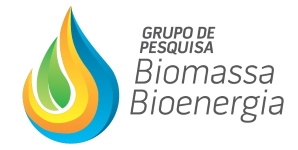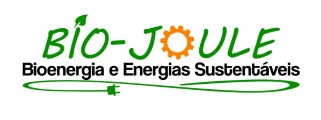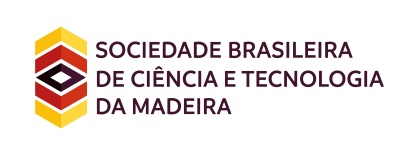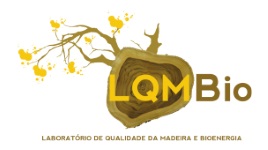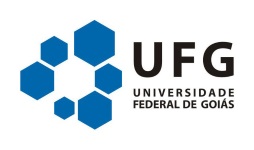THE ROLE OF BIOENERGY COUPLED WITH CARBON CAPTURE AND STORAGE IN INDONESIA’S DEEP DECARBONIZATION PATHWAYS
03 - Bioenergy: Economy, Market and Policy
 1 BINTANG YUWONO, 2 UCOK W.R. SIAGIAN, 2 RETNO GUMILANG DEWI, , 1 PING YOWARGANA, 1 SYLVAIN LEDUC, 1 PIERA PATRIZIO, 1 ANDREE EKADINATA, 1 FLORIAN KRAXNER
1 BINTANG YUWONO, 2 UCOK W.R. SIAGIAN, 2 RETNO GUMILANG DEWI, , 1 PING YOWARGANA, 1 SYLVAIN LEDUC, 1 PIERA PATRIZIO, 1 ANDREE EKADINATA, 1 FLORIAN KRAXNER
1 ECOSYSTEMS SERVICES AND MANAGEMENT PROGRAM (ESM), INTERNATIONAL INSTITUTE FOR APPLIED SYSTEMS ANALYSIS (IIASA)
2 ITB INDONESIA
In an attempt to contribute to the global climate target by limiting the increase in global average temperatures by the middle of century to 2˚C, Indonesia has pledged to pursue development using low-carbon strategies. A deep dive in carbon emissions will be required by mid-century to achieve the stringent world target. This will be a huge challenge for Indonesia, where economic development and social inclusion are still the most prominent challenge. Infrastructure and energy access are the main challenge in developing Indonesia economy, low-cost fossil fuels have been a great deal for Indonesia past development. The past trajectory should not follows, and it is required for Indonesia to overhaul the energy system whilst considering socio-economic challenges. Energy is the second largest greenhouse gas (GHG)-emitting sector in Indonesia, and it is expected to significantly contribute to emissions level reduction target. With the high rate of economic growth projected for the following years, an increase in energy supply is expected for fulfilling the fast-growing demand of energy. Main sectors in the economic development phase of industrialization, namely: electricity generation, manufacturing industries, and transportation are expecting a large growth of energy demand in the future. A deep dive in carbon emissions is achievable with three Pillars of Decarbonization within the energy sector consist of energy efficiency improvements, decarbonization of electricity, and electrification of end-users (Siagian, 2015). Special features in decarbonizing Indonesia electricity is by utilizing renewables and bioenergy, as well as implementing Carbon Capture and Storage (CCS) technology. Negative emissions technology such as combining bioenergy with Carbon Capture and Storage (BECCS) will have a substantial role in transforming Indonesia energy system by reducing electricity generation related and transportation fuels emissions, both in respect to the implementation of pre- and post- combustion BECCS technologies. This work will be further developed under IIASA’s RESTORE+ project.
Keywords: deep decarbonization; negative emissions technology; bioenergy; carbon capture and storage;
Acknowledgments: Biomass and Bioenergy Lab at UFSCar, Sorocoba; BeWhere IIASA; Center of Excellence on CCS/CCUS Indonesia, Institut Teknologi Bandung (ITB); TFI, www.iiasa.ac.at/tropics; RESTORE+, www.restoreplus.org





